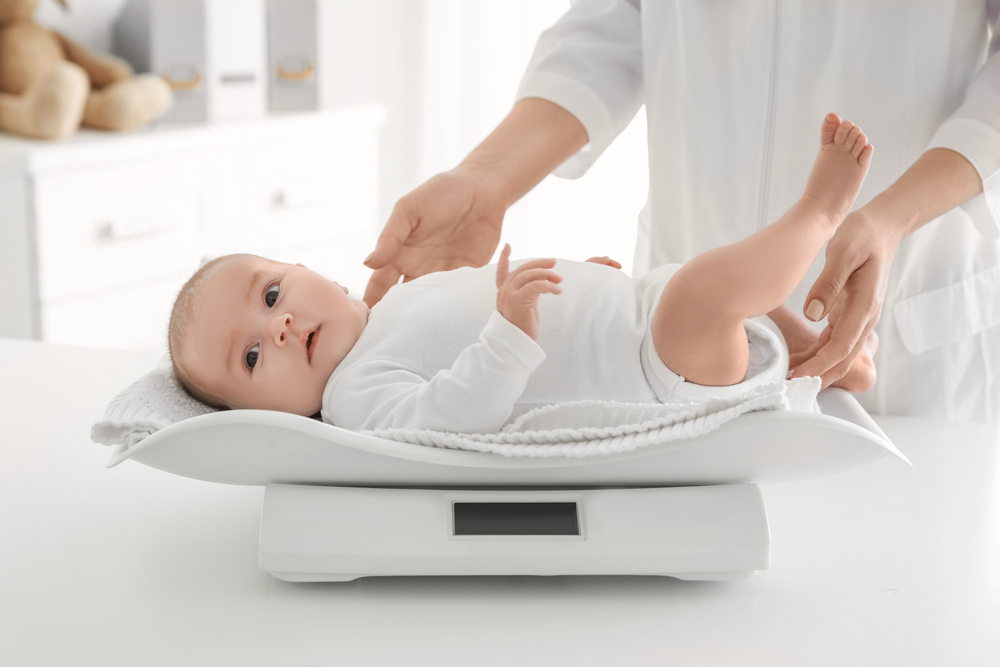Contents:
- Medical Video: The Mermaid Girl: The Last Six Months - Documentary
- What is mermaid syndrome?
- What are the signs and symptoms of mermaid syndrome?
- What are the causes of mermaid syndrome?
Medical Video: The Mermaid Girl: The Last Six Months - Documentary
Mermaid or commonly referred to as a mermaid is known only to exist in a fairy tale world. However, who would have thought if the body shape like a mermaid turned out to be in real life? This rare condition is called sirenomelia or known as mermaid syndrome. Mermaid syndrome is a rare disease characterized by rotation and fusion of the legs, making the sufferer like a mermaid. Read on to find out more about Mermaid syndrome.
What is mermaid syndrome?
Sirenomelia, also known as mermaid syndrome, is a rare birth defect aka congenital developmental disorder, characterized by legs that are fused like mermaids. This condition occurs in one in 100,000 pregnancies.
In many cases, this rare disease is fatal because the kidneys and bladder cannot develop properly in the uterus. Because of the many suffering that must be felt, only a handful of people with sirenomelia can survive. Even some babies die within a few days of being born due to kidney and bladder failure. But one of the sufferers of mermaid syndrome, Tiffany York was able to survive until the age of 27 years and she was considered as the person with mermaid syndrome who had the longest survival.
What are the signs and symptoms of mermaid syndrome?
There are various kinds of physical abnormalities that generally occur due to sirenomelia. However, there are certain signs and symptoms that vary greatly from one person to another. Here are some physical abnormalities that commonly occur in patients with mermaid syndrome:
- Only has one femur (long thigh bone) or may have two femurs in one shaft of the skin.
- It only has one leg, no legs or both legs, which can be rotated so that the back of the foot is facing forward.
- Having various urogenital abnormalities, namely the absence of one or both kidneys (kidney agenesis), cystic abnormalities of the kidneys, non-existent bladder, narrowing of the urethra (urethra atresia).
- Only have the imperforate anus.
- The lowest part of the large intestine or called the rectum fails to develop.
- Have abnormalities that affect the sacral (sacrum) and lumbar spine.
- In some cases the patient's genitals are difficult to detect so it is difficult to determine the sex of the patient.
- Absence of spleen and / or gallbladder.
- Disorders that occur in the abdominal wall such as: protrusion of the intestine through a hole near the navel (omphalocele).
- Having meningomyelocele, which is a condition in which there is a membrane covering the spine and in some cases, the spinal cord itself protrudes through a defect in the spine.
- Having congenital heart defects.
- Respiratory complications such as severe lung retardation (pulmonary hypoplasia).
What are the causes of mermaid syndrome?
The exact cause of this rare syndrome is still unknown. But the researchers believe that environmental and genetic factors might play a role in the development of the disorder. Most cases occur randomly without any clear reason showing environmental factors or new mutations of the genes.
Most likely, sirenomelia is multifactorial, which means that several different factors can play an important role. In addition, different genetic factors can cause abnormalities in different people (genetic heterogeneity). Researchers believe that environmental or genetic factors have a teratogenic effect on developing fetuses. Teratogens are substances that can interfere with embryonic or fetal development.
Even so, sirenomelia generally occurs because the umbilical cord fails to form two arteries. As a result there is not enough blood supply to reach the fetus. Blood supply and nutrition are centered on the upper part of the body. This lack of nutrition causes the fetus to fail to develop separate legs.











